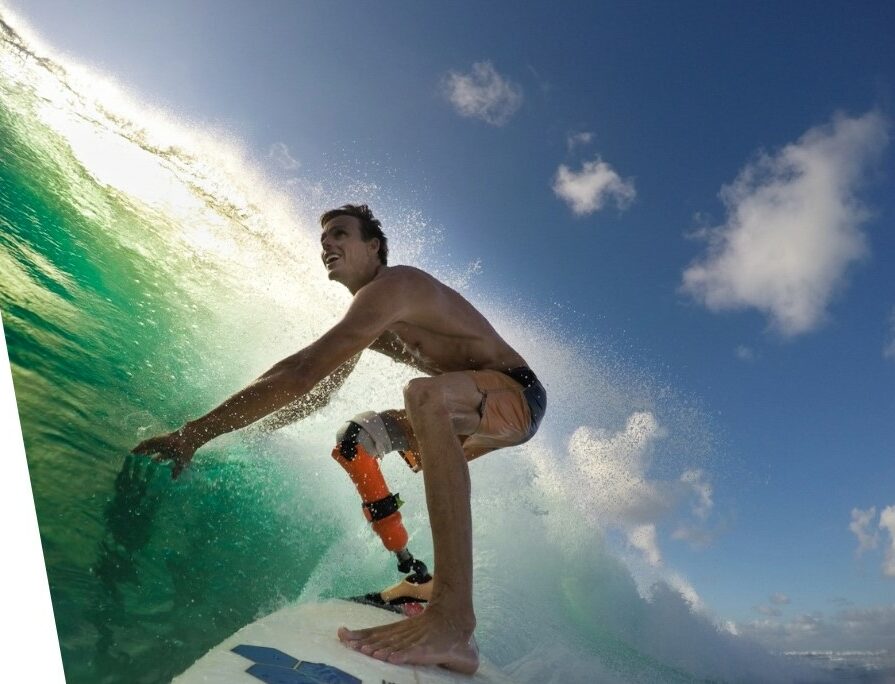
Prosthetic & Orthotic Care for Every BODY
So Every BODY Can Move is dedicated to creating an equitable world where every person – no matter their disability – has access to mobility and independence.


So Every BODY Can Move is dedicated to creating an equitable world where every person – no matter their disability – has access to mobility and independence.

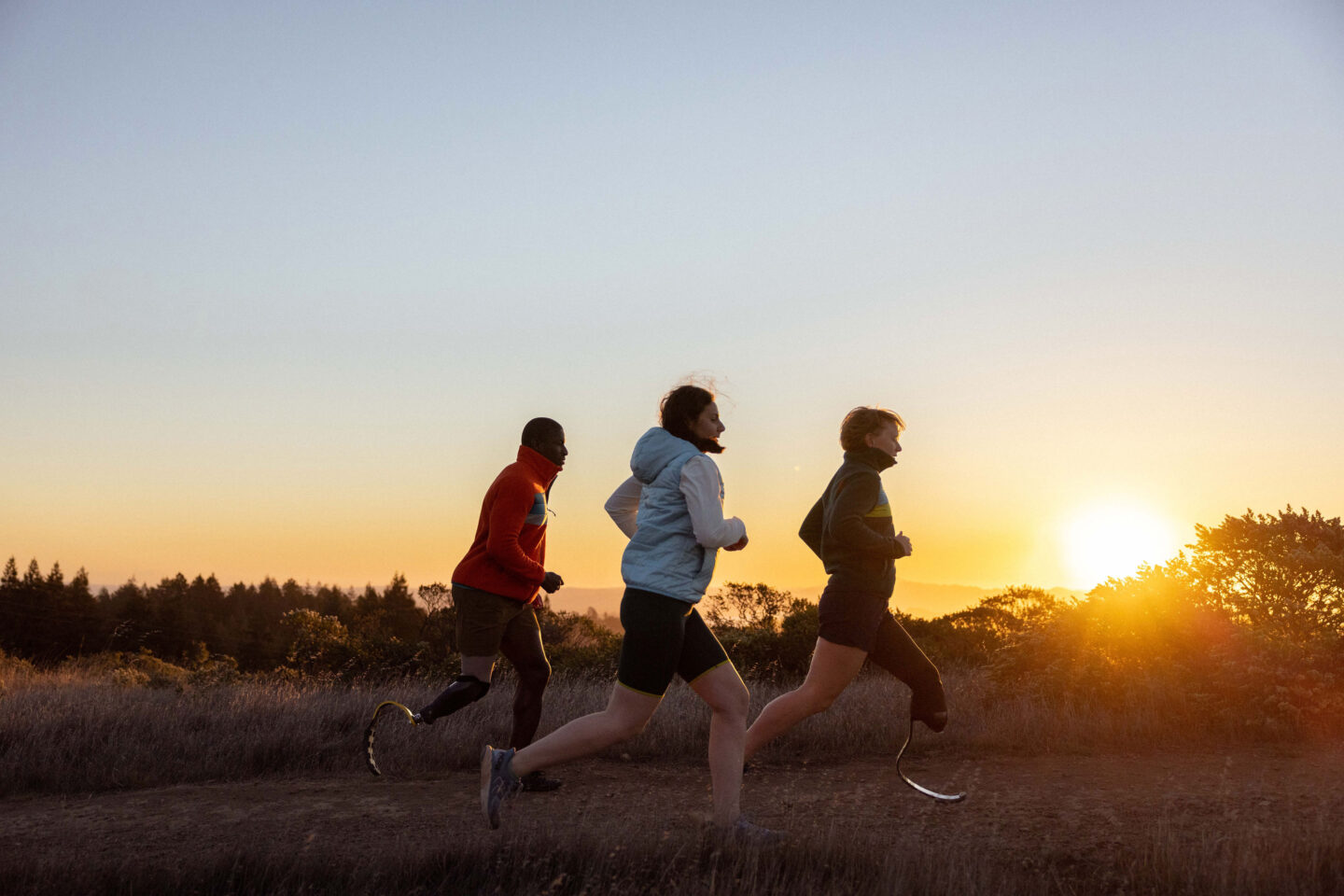

Our ultimate goal:
28×28
We’re empowering access to life-changing prosthetic and orthotic care for physical activity by mobilizing grassroots advocates and championing state-by-state legislative change. And you can join us.
Become part of our 28×28 mission and help us reach our goal to enact So Every BODY Can Move legislation in 28 states by the 2028 Los Angeles Paralympics. You’ll help us spark a national movement for change and create the opportunity to pursue federal, nationwide reform.
Disrupting Healthcare Inequities
Our relentless advocacy work, coalition-building, and state-by-state legislative change is disrupting discriminatory healthcare treatment for the disability community and creating insurance coverage for recreational prosthetic and orthotic care one state at a time.
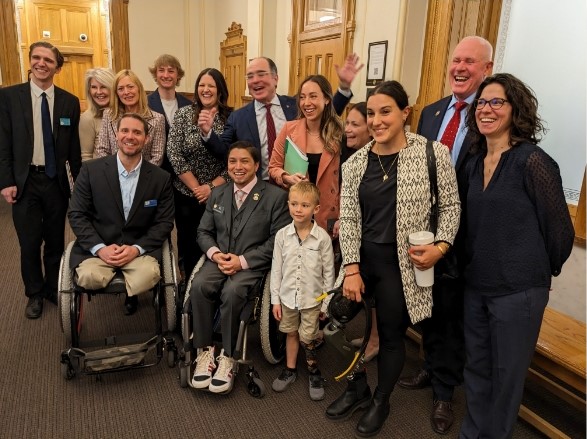

Become a Champion for Disability Rights
Challenge the status quo. Join us as we advocate for systemic change. If you have any questions or want to learn more about So Every BODY Can Move, reach out to our team for more information.
Empowering Our National Mobility Movement
Together, we’re championing disability rights and ensuring the power of movement is accessible to all.
So Every BODY Can Move Visionaries
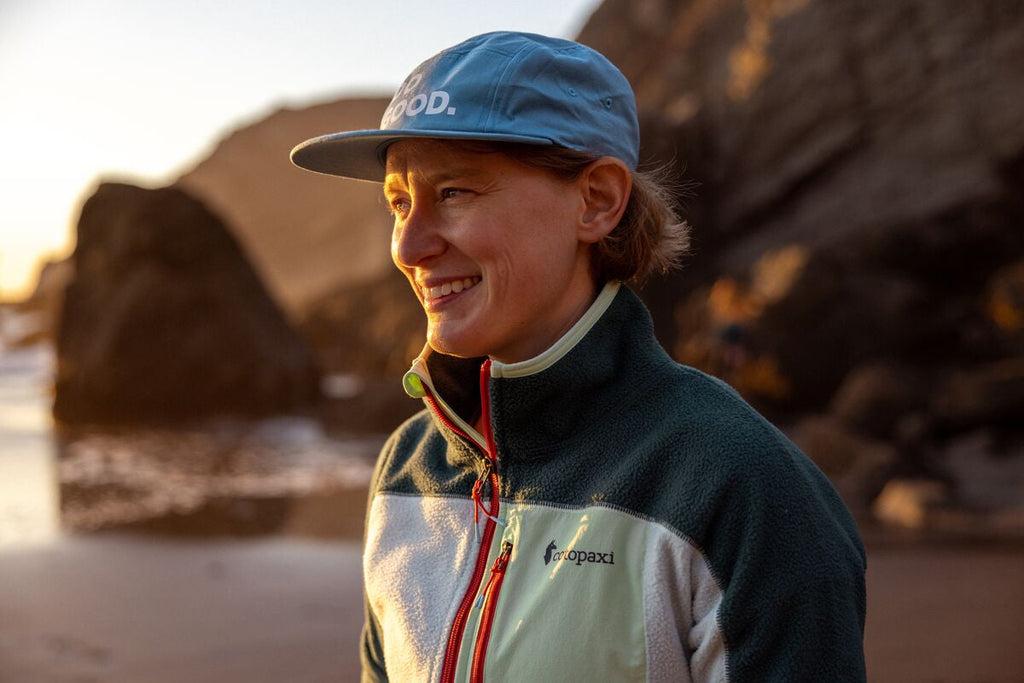
Manager of Public Engagement, American Orthotic & Prosthetic Association
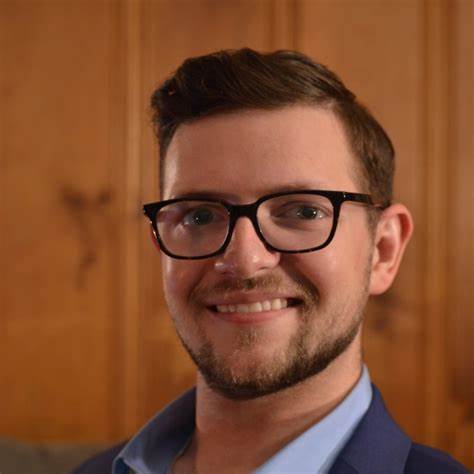
State and Federal Advocacy Manager, American Orthotic & Prosthetic Association
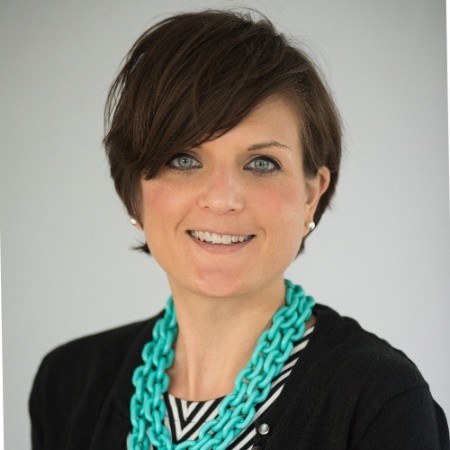
Director of Communications and Membership, American Orthotic & Prosthetic Association
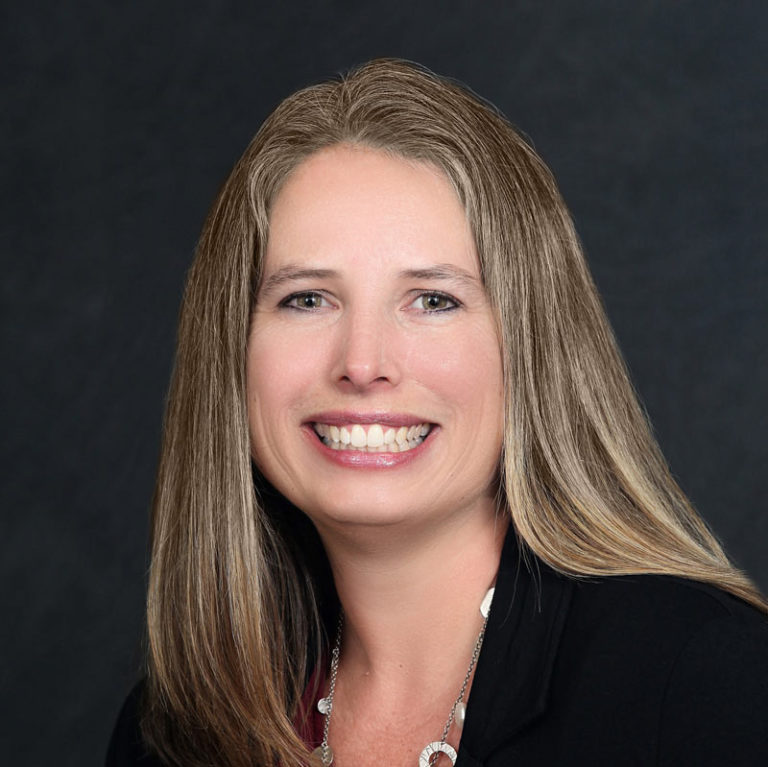
Executive Director, American Orthotic & Prosthetic Association
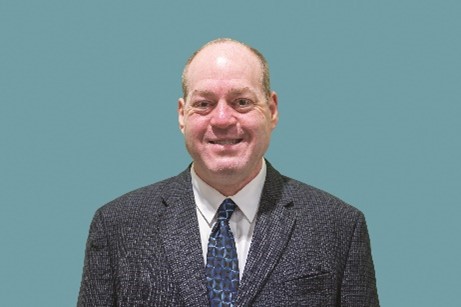
Director of Health Policy and Advocacy, American Orthotic & Prosthetic Association
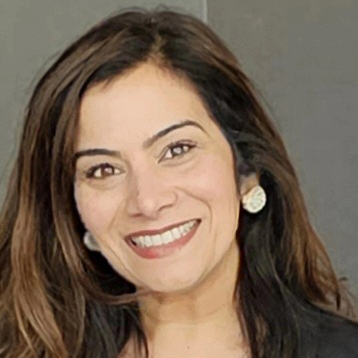
Chief Communications & Strategy Officer, American Academy of Orthotists & Prosthetists
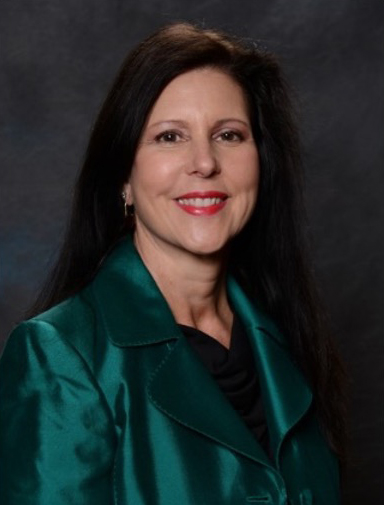
Executive Director, American Academy of Orthotists & Prosthetists
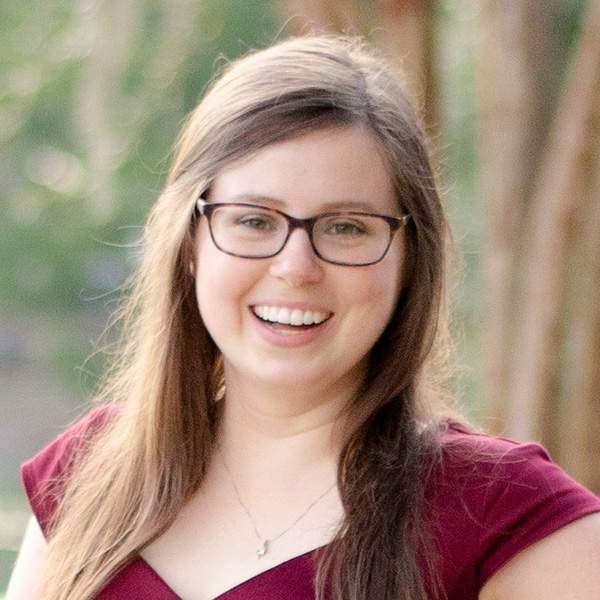
Government Relations Director, Amputee Coalition

Government Relations Specialist, Amputee Coalition
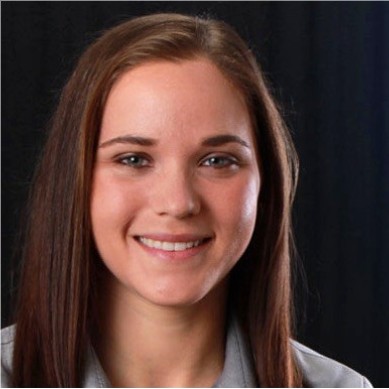
Education & Resource Manager, Amputee Coalition
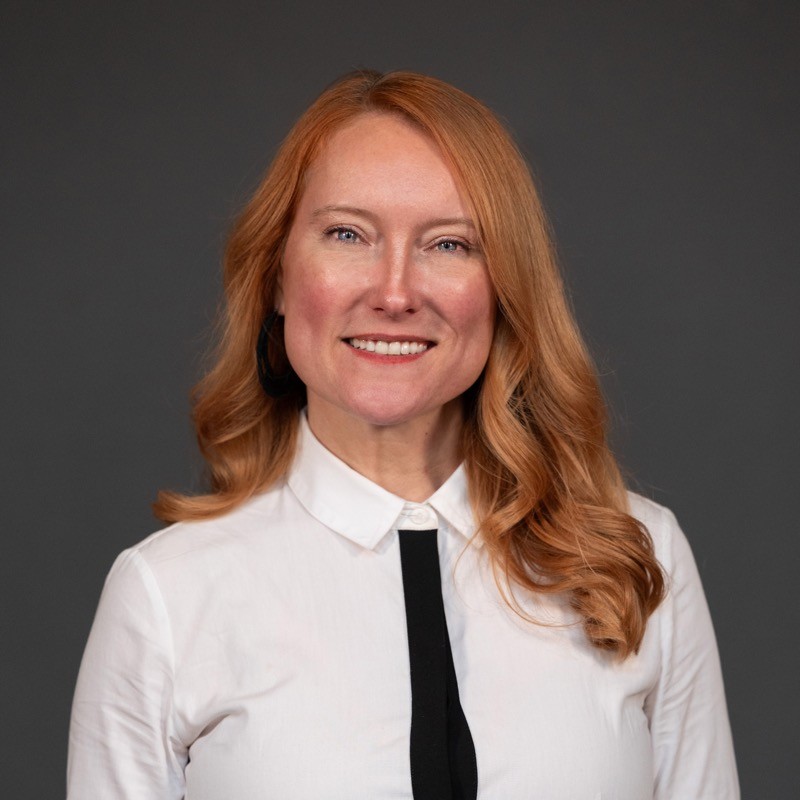
Chief Strategy & Programs Officer, Amputee Coalition
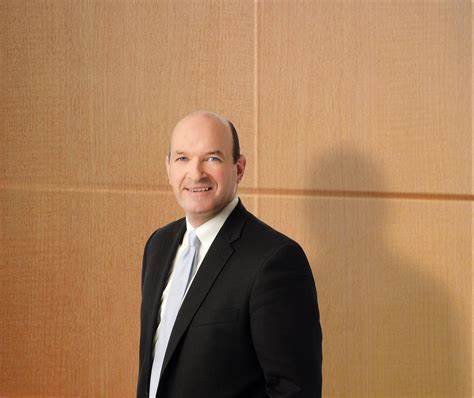
General Counsel, National Association for the Advancement of Orthotics & Prosthetics
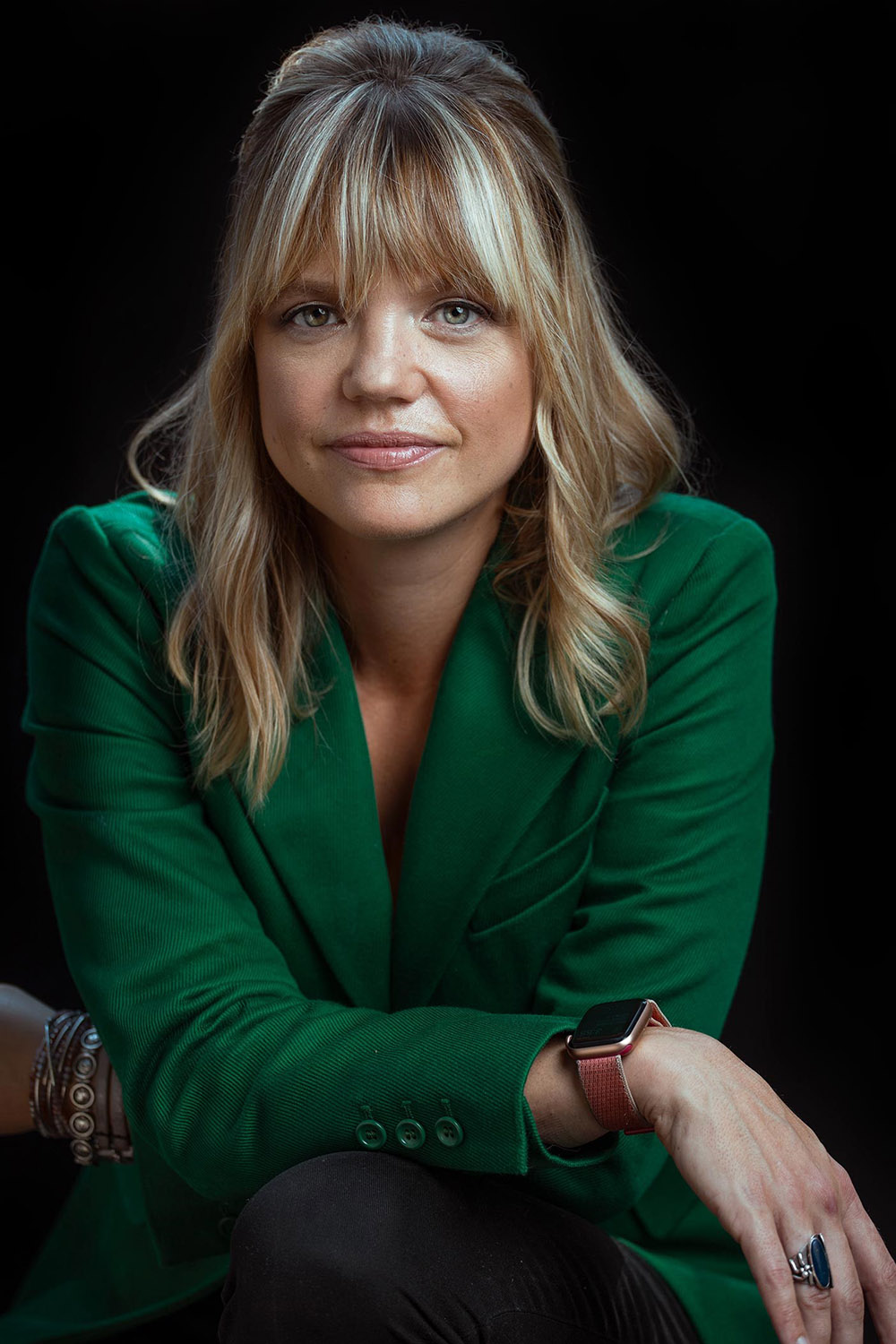
State Lead Leader of Enterprise Patient Advocacy
Past-President, National Association for the Advancement of Orthotics & Prosthetics
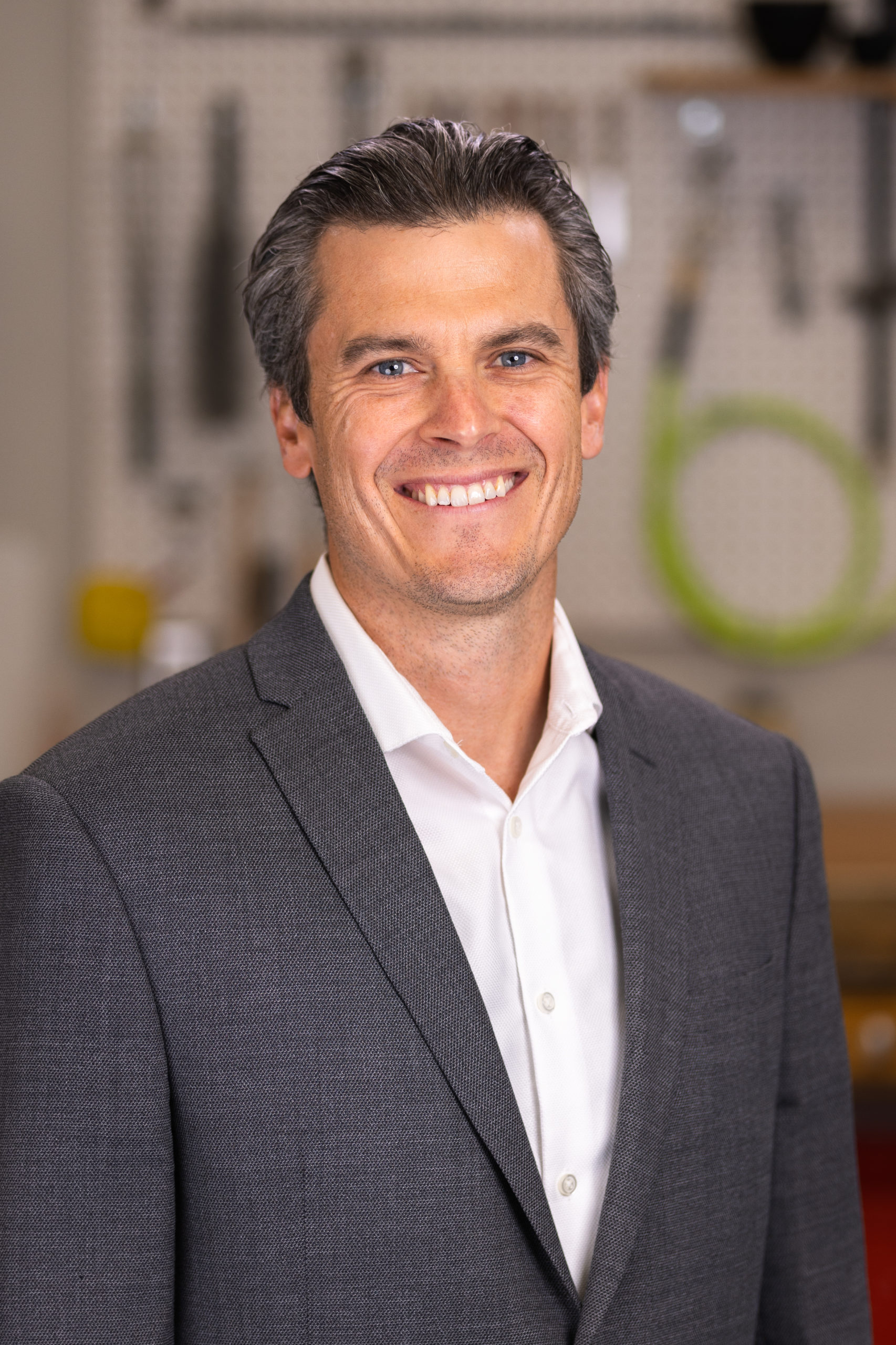
Vice President, National Association for the Advancement of Orthotics & Prosthetics
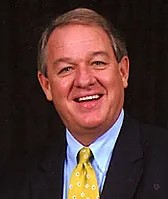
Executive Director, National Association for the Advancement of Orthotics & Prosthetics
Discover Our Impact Reports
Learn more about the progress and impact we’ve made throughout the year.
2023 Report Coming Soon!
01/01/2023
Are you curious or eager to bring the transformative initiative of So Every BODY Can Move to your state? Get in touch or seek answers to your inquiries now!